Amassing a coveted trove of jewels depends on who—and what—you know, as much as hard cash. We can help with the first two
When a Middle East royal recently let it be known that he was looking to invest upwards of US$100 million in gemstones, word spread quickly and soon more than one well-connected dealer was jetting to the region with heavily insured valises. What might be most intriguing about this royal’s request is not the nine figures at play or even that all that cash was to be stashed in diamonds, rubies, and the like, but rather that this kind of high-dollar venture is not uncommon; in fact, it’s a growing trend. Top brokers say that since the start of this year, which has been marked by chaotic global events, more and more clients have been looking to invest in hard assets—namely jewellery and loose stones.
Jewellery, after all, has long been a safety net. When currencies were devalued and stock markets plummeted, a top-quality diamond or other precious gem remained global currency. That still holds true today. “With bank and crypto failures and inflation, I definitely see more interest from clients who are thinking of jewellery as a store of wealth,” says Lee Siegelson, the current proprietor of the century-old New York dealer specialising in vintage pieces and rare stones that bears his family name.
When someone has tens of millions to invest, historically experts have advised putting it into fancy-coloured diamonds and untreated rubies, emeralds, and sapphires—essentially the equivalent of blue-chip stocks. For those who have followed that advice, relax: Their stability hasn’t changed. But as the number of billionaires expands exponentially and people who were never serious collectors seek to diversify their portfolios with jewels, the most prised gems are becoming scarcer.
And that’s driving a shift in the market. New opportunities are emerging, and new collectors are embracing a very different approach to jewels than that taken by their parents. They still want rare pieces, of course, but they’re after bijoux they can wear and enjoy, not banish to a vault.
A notable example of this change in attitudes was the record-breaking sale of the Estrela de Fura ruby, which fetched US$34.8 million at Sotheby’s in June. Unquestionably magnificent with fiery-red brilliance, the 55-carat sparkler was the largest gem-quality ruby ever to hit the block. But it had been discovered in a Mozambican mine, which raised eyebrows among the cognoscenti.
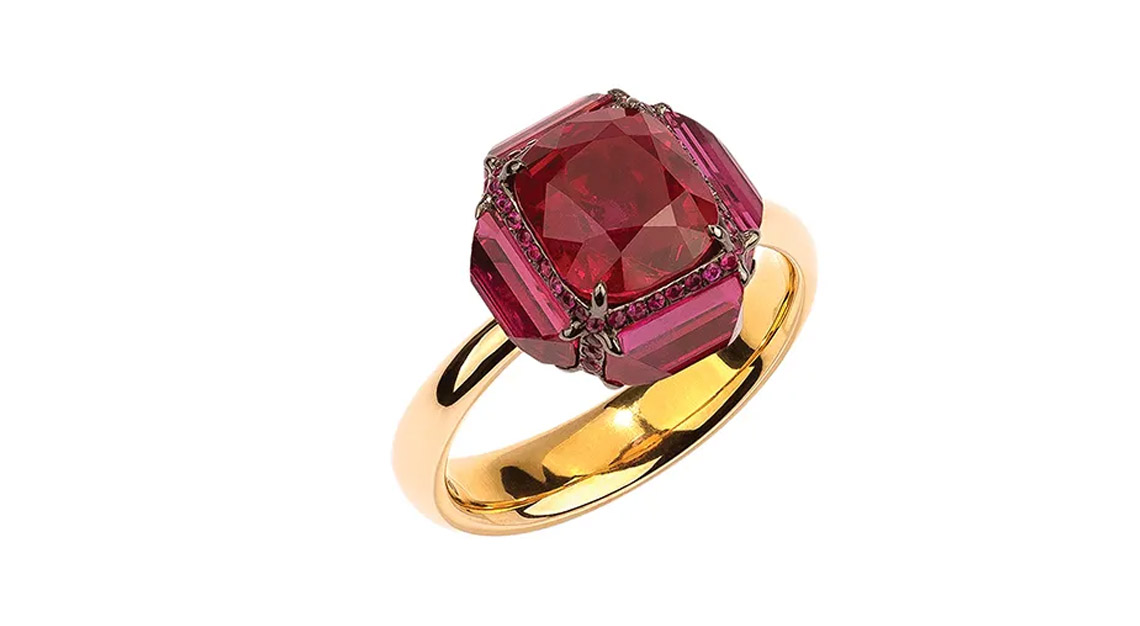
Previously, for a ruby to be considered investment-worthy, it simply had to be unearthed from the ancient Mogok Stone Tract of Myanmar (formerly known as Burma). But the reality today is, if you want a sizable, untreated, pigeon’s blood (a designation that describes the richest red hue) Burmese ruby or a pair of 10-carat D-flawless diamond earrings from India’s historic Golconda mines, known for producing the world’s purest stones, plan to spend months (or years) tracking them down—and then expect the prices to be commensurate with the rarity. The Burmese ruby that wore the auction crown before the Estrela de Fura sold for US$30.3 million in 2015—only US$4.5 million less, despite being under half the carat weight.
Only a small coterie of dealers, including Siegelson, have access to the most desirable untreated gems and pedigreed jewels. Securing one is akin to searching for a Picasso or a Giacometti: Some of the best examples may never come up for sale publicly, quietly trading hands between collectors. When the call that something interesting has surfaced comes, the dealers are ready to jump on a plane at a moment’s notice. It might not be offered again, Siegelson says.
Another name familiar to insiders is Martin Travis, owner of London-based Symbolic & Chase, who advises investors and collectors as well as museums. His clients include a half dozen families who have each spent US$10 million to US$50 million on pieces over the past 10 to 15 years, and they’re still adding to their caches. While he won’t discuss the specifics of his clients’ collections, it would be easy to surmise that they are among the lucky handful to possess pieces by the elusive designer Theodoros, as Travis serves as one of the jeweler’s few agents.
People usually buy jewels because they love them – Moris Hadjibay, an owner of Bayco
Acquiring one-of-a-kind pieces by Theodoros, who creates a very limited selection per year, or by other hot contemporary designers grants a collector entrée to a very exclusive club. The éminence grise remains Joel A. Rosenthal, a.k.a. JAR, an American living in Paris whose whimsical, intricate creations are the holy grail of recent decades.
Other serious collectors are following in the tradition of Elizabeth Taylor and Lily Safra, passionate aficionados who were among a set of women who built well-rounded troves that ticked all the boxes. Qatar’s Sheikh Hamad bin Abdullah Al Thani, for instance, assembled the world’s largest collection of Mughal Empire treasures at lightning speed, beginning in 2009, when he was still in his 20s. Highlights of his 6,000 historic jewels and objects have been exhibited at the Metropolitan Museum of Art and the Victoria and Albert Museum in London over the past decade.
Regardless of whether your motivation is profit, collection-building, or merely possessing a show-stopping trinket to wear with abandon, approach the field with the same clear-eyed logic you would your stock or real-estate portfolio—and with the following key categories in mind.
Untreated coloured gemstones
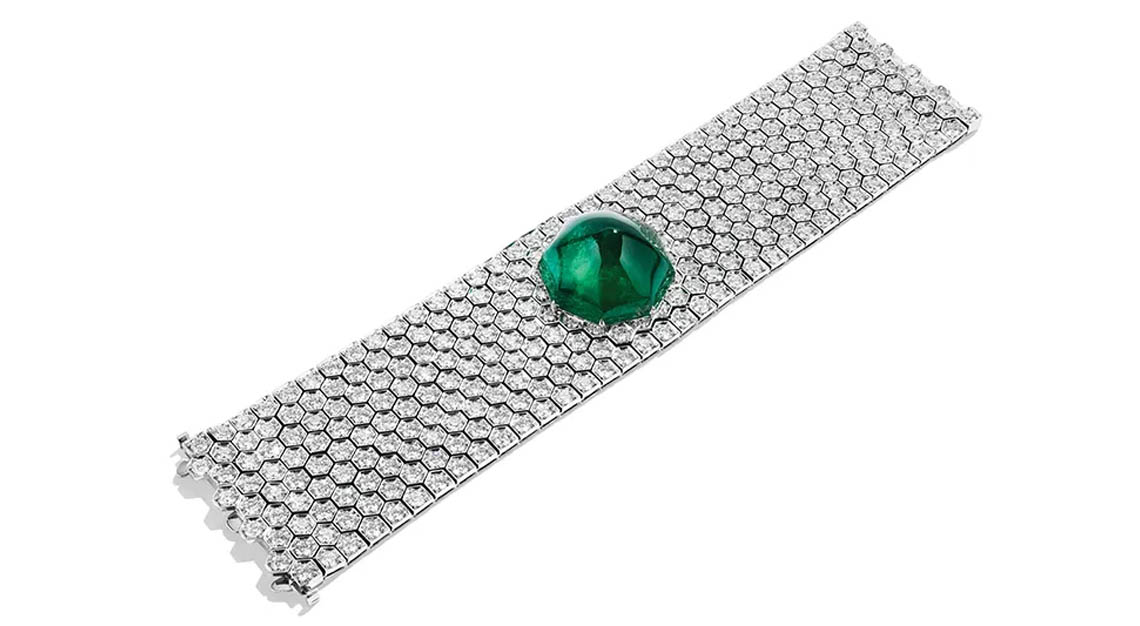
With the right provenance—namely Burma, Colombia, and Kashmir—coloured stones are almost guaranteed to hold their value. But provenance alone isn’t enough. The gems must be verified as natural, meaning they have not been treated to enhance their colour or quality. The difference in price between a treated and an untreated stone could be millions.
“You can’t walk into a store and easily find untreated Colombian emeralds or Kashmir sapphires,” Travis explains. “An untreated sapphire that comes out of the ground that colour is significantly rarer and more desirable—and will only get rarer and more valuable.” An example of the great disparity in value: A two-stone ring with an untreated 4.95-carat Colombian emerald paired with a D-flawless diamond of equal size is priced over US$1 million at Stephen Russell in New York. Emeralds that are treated to hide imperfections are often worth roughly 40 percent less than untreated gems, says Russell Zelenetz, a partner in the business.
Don’t expect prices to peak anytime soon, says Moris Hadjibay, an owner of Bayco, his family’s New York–based company, which has been in business 42 years. When a client recently enquired about investing in gemstones, Hadjibay recommended an untreated-exceptional-ruby ring and matching earrings (the set sold for around $3 million). “You can’t replace them,” he says. Though these rubies are Burmese, Hadjibay notes that the Estrela de Fura was no anomaly; top-quality rubies from Mozambique are increasingly appealing to collectors. Another stone to watch in his view: Paraíba tourmaline, known for its Windex-blue hue. But it still doesn’t come close to the prestige of rubies, emeralds, and sapphires.
Diamonds
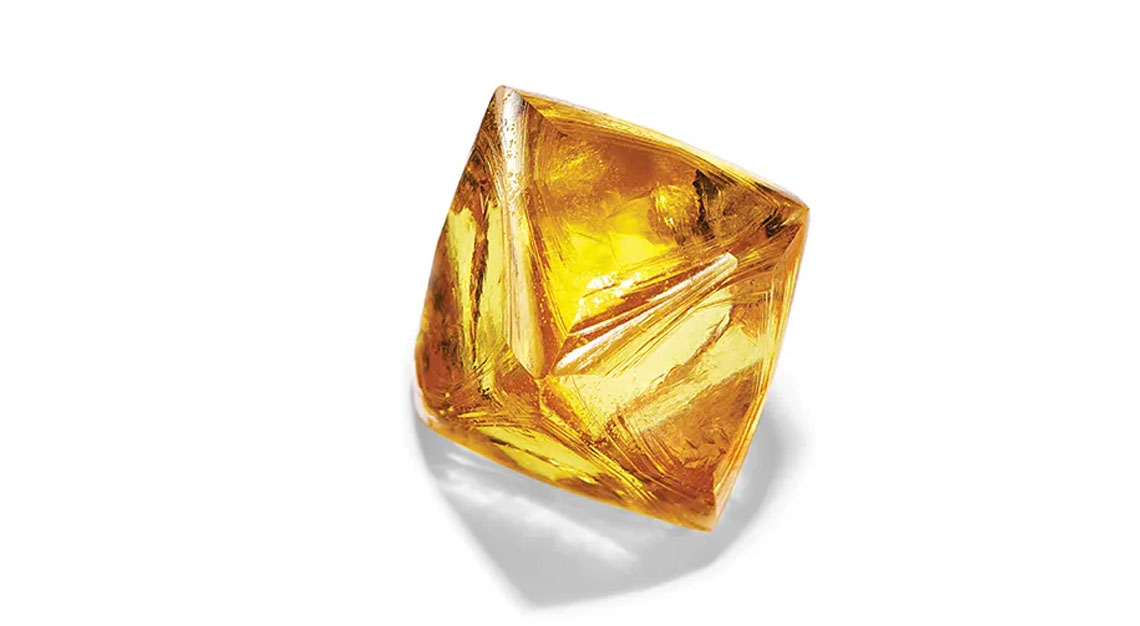
Investment-quality fancy-coloured diamonds continue to command record prices. Bolstering the demand for pink diamonds, in particular, is the fact that the world’s main source, the Argyle mine in Western Australia, became depleted and closed in 2020 with much fanfare.
Tiffany & Co. has solidified its position as one of the world’s top consumer sources for rare diamonds since being acquired by LVMH in 2021. It now has the buying power to secure first dibs on some of the best stones coming to market directly from the mines, such as a 71-carat fancy-vivid-yellow rough it purchased this year from the Ekati mine in Canada, where it was uncovered. Before even working on the stone, Tiffany chief gemologist Victoria Reynolds privately showcased it to a select few clients with the taste and means to consider acquiring it.
Finally it was cut and faceted into two elongated emerald stones, one over 20 carats and the other over 15 carats; the buyers will collaborate with the house’s designer to set them in bespoke pieces. Tiffany also acquired 35 pink diamonds this year from the Argyle mine—among the last lots uncovered—then turned around and sold the group to a single client. The house is working with the buyer and his family to create a suite of jewellery.
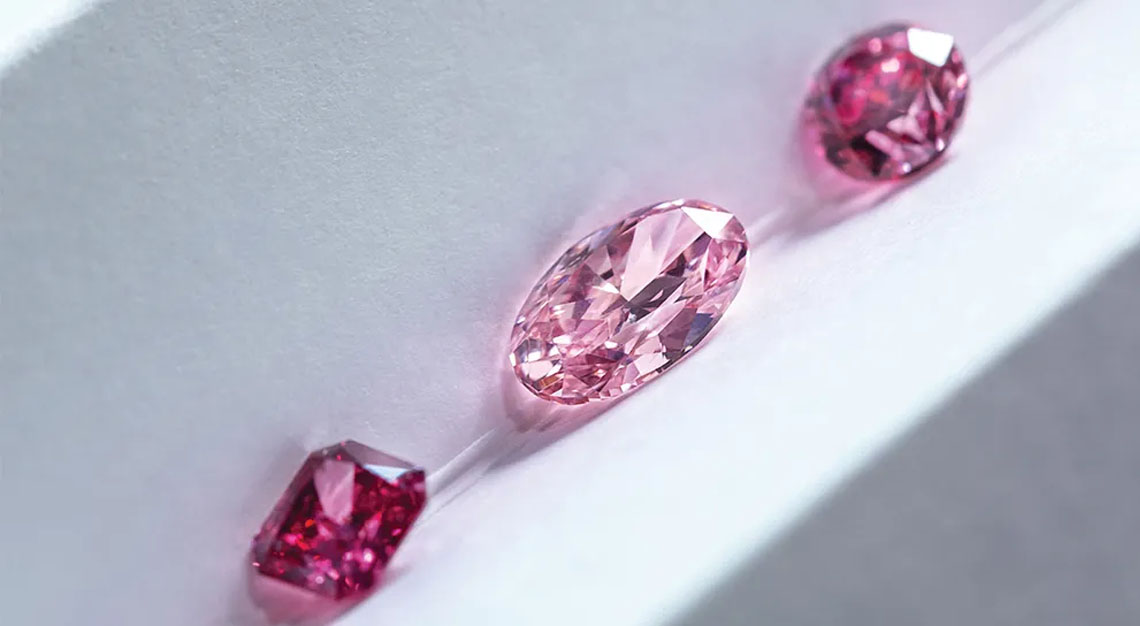
As for colourless diamonds, the most reliable investment is Golconda Type IIa diamonds, known as the purest, most transparent and beautiful specimens from India’s Golconda mines. India was the world’s only diamond source for 2,000 years, and Golconda delivered the finest examples until the mines were depleted and closed in the 18th century. (The main excavators of diamonds today are Botswana, South Africa, Namibia, Canada, and Russia.) Golconda produced stones with a total lack of nitrogen, the element that gives diamonds a yellowish tinge, and classified them as Type IIa. Word of caution: Travis says misinformation on what’s actually a Golconda Type IIa abounds. Type IIa diamonds have, on occasion, been unearthed elsewhere and mislabelled as Golconda, but only stones originating in the Indian mines may bear that name. Scientific testing can identify Type IIa diamonds, but only old-cut diamonds mined hundreds of years ago can be considered Golconda.
For the most bang for your buck, experts advise investing in a D-flawless diamond over a larger stone of even slightly lesser quality. The designation remains rare and historically has not only held its value but also continued to rise in price. A similarly sized F-colour VVS1 diamond, which to the untrained eye looks identical to a D-flawless, is worth 30 to 40 percent less.
Take note, however: The market for extra-large diamonds—over 100 carats—has softened, says Travis, because new X-ray technology at the mines identifies top-quality rough before it goes through the crusher. Once a novelty, big high-quality diamonds are now popping up more often, and subsequently, the prices aren’t as robust.
As ever, trends are being set by those with the vision to break away from the mainstream. Vintage diamonds, for example, are currently being sought by a coterie of aesthetically minded collectors looking for understated—and under-valued—pieces. These stones tend to have larger facets and a softer glow than the ultra-sparkly round-cut diamonds so often seen today. Quig Bruning, Sotheby’s head of jewels, Americas and EMEA (Europe, the Middle East, and Africa), reports looking for a 10-carat old-cushion-cut diamond ring at the behest of a client who wanted to gift it to his wife for her 60th birthday. Bruning tracked down one from an international dealer for about US$1 million. “These are hard to find because they were cut a century ago by candlelight and have a real charm, and nobody is cutting the same way today,” he says.
Bruning clearly had the right contacts—but also a little luck. A collector would be wise to keep an open mind rather than fixate on a specific stone, which can turn out to be impossible to locate. Sometimes a rare opportunity appears out of the blue. That was the case when Travis was scouting fruitlessly for a pair of diamond earrings for a client. Instead, he uncovered a 35-carat pear-shape old-cut diamond from 1910 on a pendant, which the client purchased for nearly US$2 million. “It was too beautiful to pass up,” he says.
Pedigreed and signed pieces
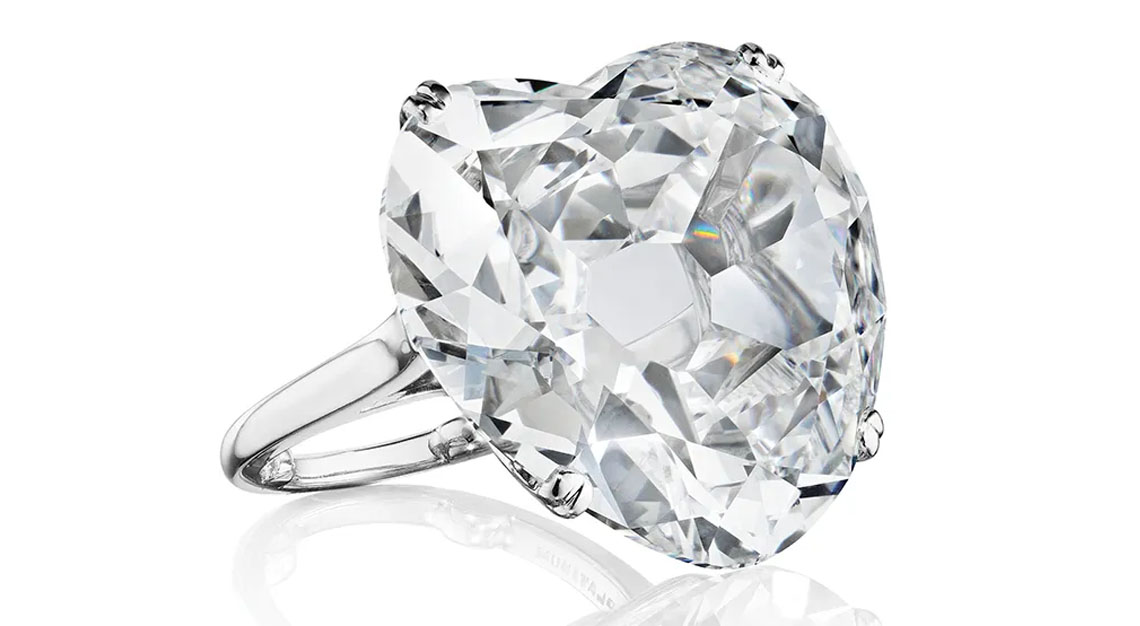
Signed pieces from the premier jewellery houses—such as Cartier, Van Cleef & Arpels, and Boucheron—remain hot commodities, especially prime examples from the Art Deco period. “Not all Cartier Deco bracelets are equal,” says Siegelson. “There are great ones and some not so great.” It’s the nuances in proportion, the layout of the stones, and the shapeliness of its curve around the wrist that delineate one from the other. “And there’s a big difference in price and lasting value between them.”
For those with a taste for the bold, his inventory includes a Cartier carved-coral and diamond ring, circa 1945, which stands out for its large scale and exceptional artisanship. A Suzanne Belperron 1950s ring with stacked aquamarines is considered collectible because of the sculptural and modern style rather than the value of the stones; it has a contemporary flair that its owner can wear every day.
The right provenance can make for an exciting surprise in the collectors’ market. In June, Sotheby’s sale of four 1940s gold Van Cleef & Arpels ballerina brooches fetched US$203,000 against an estimate of US$40,000 to US$60,000. The consignor had purchased them at Sotheby’s in the 1980s for about US$2,500.
Pedigree, however, entails more than the mine and the designer. Hailing from a vaunted collection also carries weight. Then there are holy-grail pieces, such as Siegelson’s Drexel Heart Diamond: a 31-carat D-colour internally flawless heart-shaped Golconda diamond in a signed Harry Winston setting. Valued at US$7.5 million, it belonged to the prominent Drexel family of bankers from Philadelphia and comes with a dossier of documentation, which ups its value exponentially.
Natural pearls
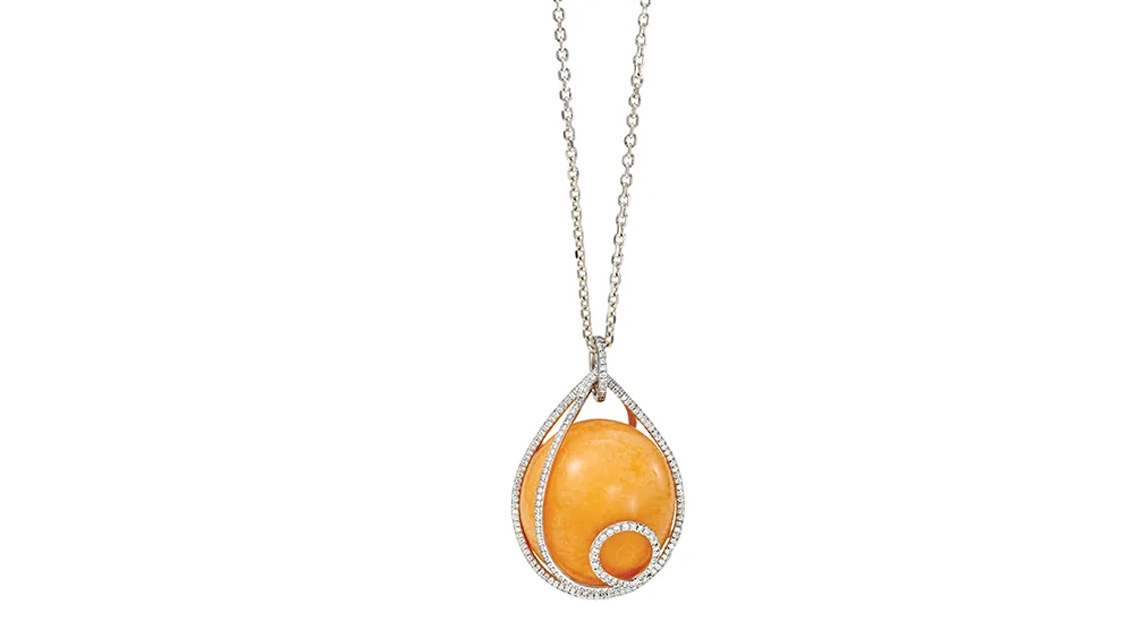
It’s hard to name a renowned collection that hasn’t contained natural pearls, which form in the wild and are extremely rare. (Cultured pearls, by contrast, are grown on farms; the vast majority of pearl jewellery is made with this less expensive variety.) The Basra Sea, the primary source of natural pearls, was depleted a century ago, so nearly all those available today are at least that old. Further fuelling the scarcity, the Asian market has been especially devoted to these stones, which can take years to develop inside oysters.
A client of Rahul Kadakia, Christie’s international head of jewellery, recently tasked him with acquiring two historical natural-pearl pieces that he’d read about. One of the select few dealers with exceptional access, Kadakia knew the family who owned them. “He absolutely wanted these pearls, and only these pearls,” Kadakia says, adding that he brokered a deal for U$8 million. “I told him, ‘It’s a bit on the high side,’ but he wanted them.”
And if the merely hard-to-obtain is not thrilling—or pricey—enough, set your sights on the elusive Melo Melo pearls, which over the course of decades form in the wild within the large sea snail of the same name found (infrequently) in the South China and the Andaman Seas, with the finest specimens coming from Vietnam. The most coveted are the size of gumballs, with a bright-orange hue and a polished surface that exhibits flamelike patterns. “Melo Melo pearls are beautiful one-of-a-kind gems that come completely from nature. It is not possible to culture them,” says Peggy Grosz, senior vice president and creative director of Assael, which specialises in pearl and coral jewellery. “The large ones are extremely rare and valued precisely for their rarity, as well as their exclusive sunny orange colour and their porcelaneous sheen.”
Almost impossible to find, they are on many collectors’ wish lists. “About one in every several thousand Melo Melo sea snails will produce a pearl of any notable size,” says Grosz. “The rarity and beauty of these pearls, especially the large ones, can drive prices to dizzying heights.” You might be able to pick up a small Melo Melo for US$20,000, but the larger, more graphic pearls approach US$1 million. To get your hands on one, put out feelers to dealers and auction houses, but be prepared to wait. And wait.
Signature style
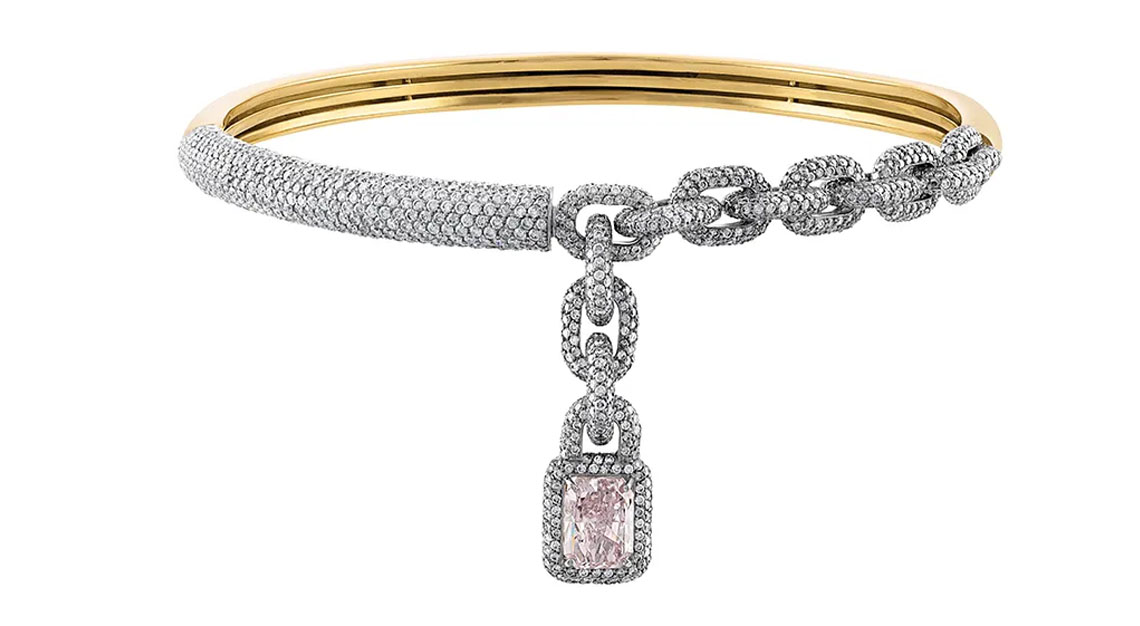
The right assortment of stones will form a nice baseline for a collection, but what makes a trove stand out are the unique pieces that reflect the collector’s individual aesthetic. It’s never a mistake to have something by Cartier or Boucheron, but the small independent jewelers—who blend imaginative designs and obsessive craftsmanship with extremely limited production—can elevate a greatest-hits list to Hall of Fame status.
Viren Bhagat, Hemmerle, and Taffin all have solid followings, but you already know that. And there are rumours that the 80-year-old Joel Rosenthal of JAR has stopped producing new works. So who should you be keeping tabs on today?
One candidate for next-level status is Ana Khouri, who creates around 35 pieces a year and is known for juxtaposing priceless stones with humble materials, such as setting exceptional coloured diamonds in streamlined designs made from wood and rock crystal. “Clients will say, ‘I want a pink diamond, but I want to wear it every day,’ ” she says. It might be a US$5 million to US$15 million stone, but they don’t want to keep it in the safe.
Word about Forms, a private salon in Hong Kong annually releasing about 100 innovative designs with exceptional gemstones and unusual materials, is also getting out. “Our collectors already have diamonds and coloured gemstones, and they come here for something different,” says Forms director Flora Wong. Those eye-catching pieces include large hoop earrings made with rings of diamonds and agate from Mesopotamia and a fossilised-dinosaur ring with a rare blue sapphire. Clients can watch the master craftsmen at work on their pieces in the on-site studio.
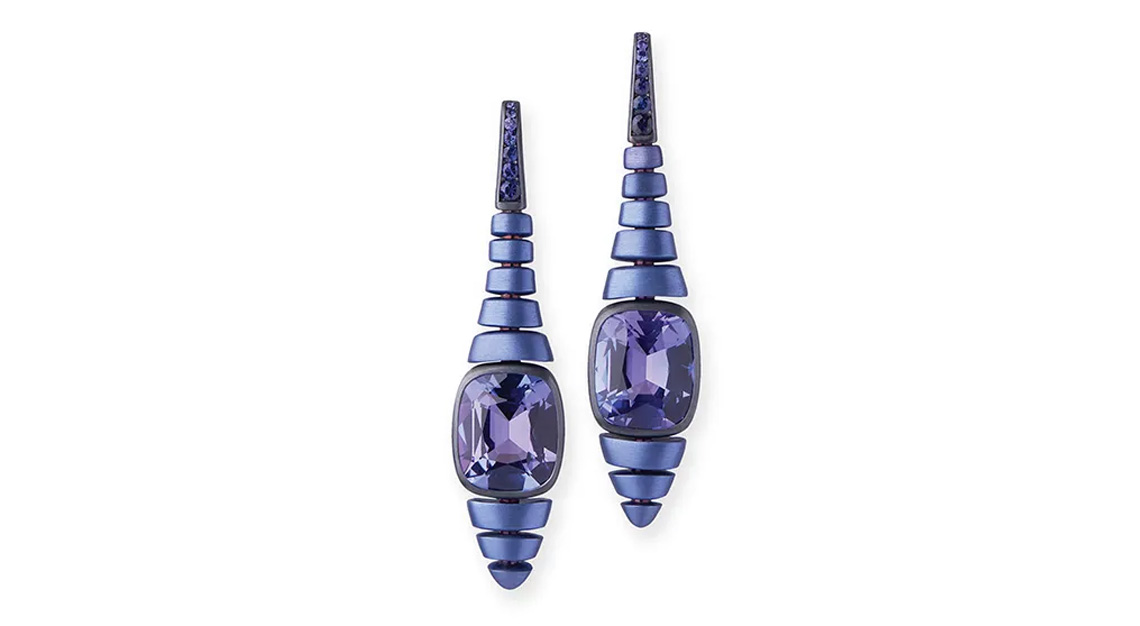
Sotheby’s is spotlighting contemporary designers whose creations its specialists believe have staying power, including Cora Sheibani, who makes playful aluminium and jewelled potted-plant and cake rings, and Sabba, known for bold and colourful oversize earrings. Positioned alongside art and other collectibles, these smaller jewellers are being introduced to clients who otherwise might not be jewellery buyers. This month, for instance, the auction house will showcase Fernando Jorge’s marble and diamond pieces during the modern- and contemporary-art sales.
Not everyone wants sparkle. For those looking for museum-worthy pieces with a story, Travis recently started buying ancient intaglios, which, he says, were as expensive as Venetian palazzos during the 18th century, when the jewels were highly collectible. “There is an awakening and awareness of intaglios, and we are seeing prices creeping up,” he says.
New collectors are changing the once-sacrosanct rules: A great ruby doesn’t have to originate in Myanmar’s Mogok mines, and bigger diamonds aren’t always more desirable. The thrill is in the hunt for the most exceptional stones on the planet and discovering exciting new talents designing pieces coveted for their contemporary beauty and distinctive style. For all but the pure speculators, the rest is gravy. “People usually buy jewels because they love them,” says Hadjibay. “And if they purchase the right piece, then the odds are in their favour that its value will increase over time.”
This story was first published on Robb Report USA






